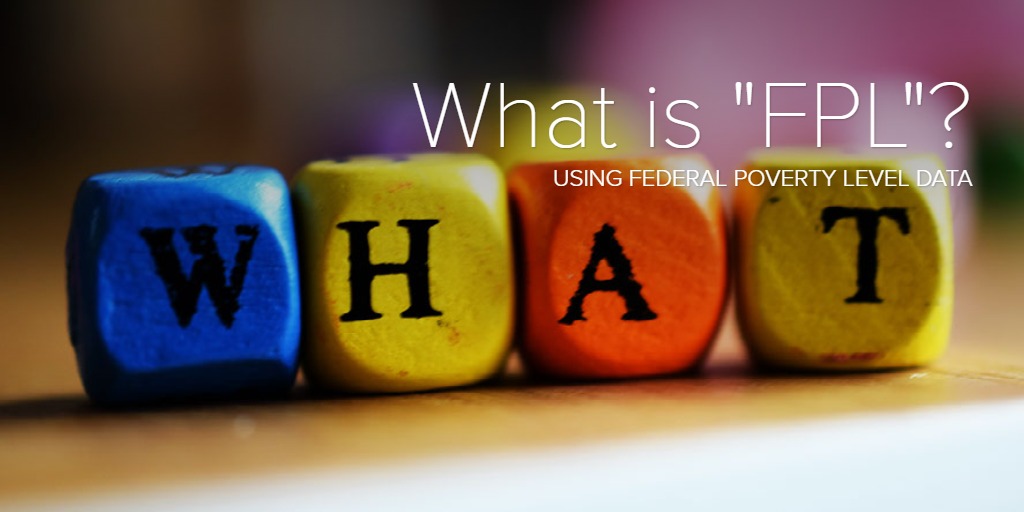Poverty Levels: Children Age 5 and Under Living at Various Federal Poverty Levels (FPLs)
The Census Bureau uses a set of money income thresholds that vary by family size and composition to determine who is in poverty. If a family’s total income is less than the family’s threshold, then that family and every individual in it is considered to be living in poverty. The poverty thresholds are used for statistical purposes.
The poverty guidelines are another version of the federal poverty measure. The U.S. Department of Health and Human Services issues the poverty guidelines each year in the Federal Register. The poverty guidelines, often referred to as federal poverty levels (FPLs), are used for administrative purposes, for instance, for determining financial eligibility for certain federal programs.
The most common measures of poverty in the United States is the poverty threshold set every year by the U.S. Census Bureau.
Source of data: IECAM demographers prepared estimates of population based on Census Bureau estimates for the following programs or surveys:
- Population Estimates Program
- American Community Survey, 5-year estimates
Data available on IECAM
Latest data: 2022
IECAM presents poverty level numbers for children age 5 and under who are living in families with income below 50%, 100%, 130%, 185%, 200%, and 400% of the poverty level.
Numbers are provided for children under age 1, age 2, age 3, age 4, age 5, and age 5 and under.
Number of children 5 and under who are living in families with income at various percentages of the federal poverty level (FPL)
These data are available for the following geographic areas: state, county, township, municipality, state Senate district, state House district, congressional district, elementary school district, unit school district, Zip Code Tabulation Area (ZCTA), Chicago Community Area, and by ISBE region and IDHS region, which are sums of counties.
Note: Because of pandemic-related disruptions to data collection in 2020, the U.S. Census Bureau has alerted American Community Survey (ACS) data users to expect somewhat larger margins of error in the 2016-2020 5-year estimates than in previous 5-year releases.
-
 View an interactive map on this topic
View an interactive map on this topicChildren Age 5 and Under by Federal Poverty Level
Additional resources
-
 What Is "FPL"?
What Is "FPL"?Using Federal Poverty Level data
-
Poverty Thresholds
U.S. Census Bureau
-
How the Census Bureau Measures Poverty
U.S. Census Bureau
-
Poverty Guidelines
U.S. Department of Health & Human Services
-
Key Differences Between Thresholds and Guidelines
U.S. Department of Health & Human Services. Office of The Assistant Secretary for Planning and Evaluation